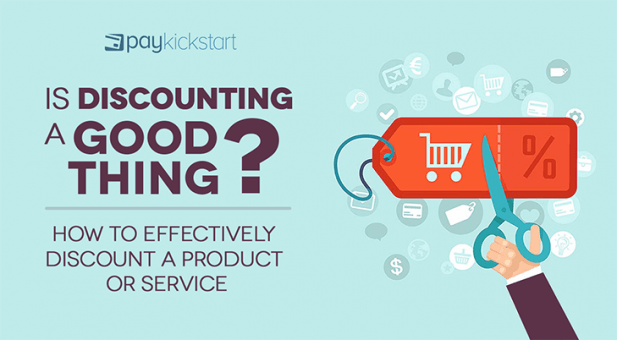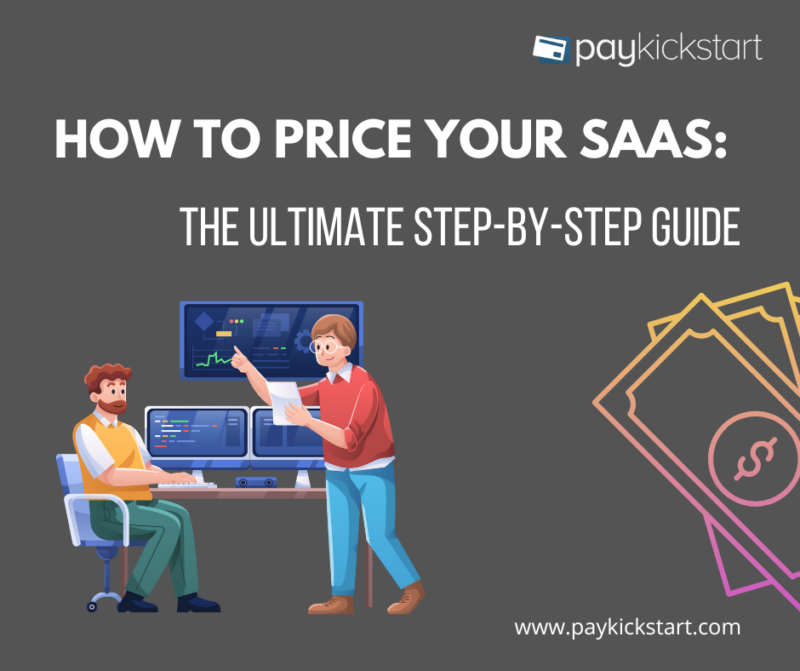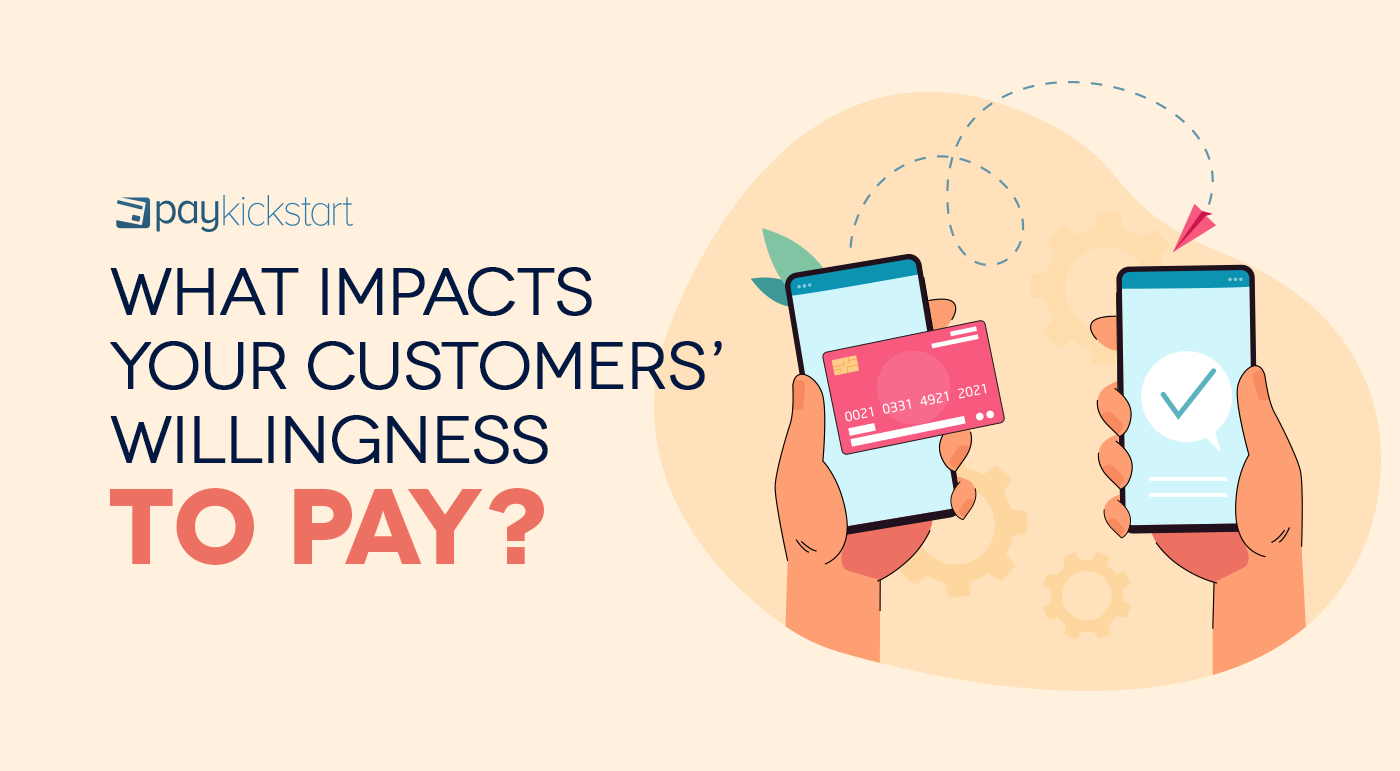Subscription growth hack (by PayKickstart)
Facebook Group - 3,932 members
Visit Group
I’ve been shopping at ASOS for years.
They send me an email for one deal or another at least once a week.
I can’t lie, the emails get me to click through to the website and occasionally buy. ASOS gets more sales and repeat purchases from me but what about profitability?
Discounting is a tricky subject.
Some people say you should absolutely do it while others consider it taboo.
This article looks at the pros and cons of discounting as well as a few strategies to effectively use it in your business.
The clearest benefit of discounting is attracting new customers. Many consumers have brands they turn to when it’s time to make a purchase in a specific product category.
For example, when I buy sneakers, I almost always buy Nike. It’s what I grew up with and what I trust. I mostly ignore Puma, Reebok, etc. If those companies were having a massive discount and I like the shoes on sale then I’d patronize them.
They would be able to get a sale from a consumer who didn’t consider them a viable option otherwise.
Another benefit of discounts is the ability to move a lot of inventory in a short amount of time. This is common practice in retail. They operate based on the season and if there’s too much stock left over from fall/winter then it needs to go to make room for spring/summer collections. Sales make this possible.
One of the major drawbacks of using discounts is the way it can affect the perception of your brand. Consumers ask themselves, why is this product being discounted at all?
Were they having trouble selling it? Maybe it wasn’t that valuable in the first place.
At the same time, discounts can set up an expectation for more discounts. JC Penney built a culture of discounts. Customers would come into the store and enjoy bargain hunting. A new CEO, Ron Johnson, was hired and decided to remove the discounting that had been associated with JC Penney for years.
The existing customer base rebelled and JC Penney shares fell 51% before the CEO was fired. Here’s a video that showcases the new strategy they implemented.
JC Penney tried to destroy decades of conditioning in a few months. The customers were unhappy and stopped patronizing them.
Before you start discounting, there are a few preliminary things you have to get right. If you don’t then discounting will cheapen your brand and create a bad perception.
I know, this is obvious. It may be to you and we talk about it enough on the PayKickstart blog like here and here. It has almost become second nature. Unfortunately, just because you know something doesn’t mean it’s common knowledge.
Many organizations only have a rudimentary understanding of their target customers. A few questions you should be able to answer are:
With this information, you’re able to target the right people and position your products as a solution to their problems.
It goes without saying that this is the most important thing you can do. If the product doesn’t work as advertised or works but is full of problems then no amount of discounting will help.
Once you’ve built a stellar product, your job becomes to communicate how you deliver that value. Do you save them time, earn them money, or a combination of both?
Whatever value you deliver, focus on that in your messaging before you think about discounts. You may find that’s what you really need to increase sales.
When you’ve put the previous two points into practice, you’ll be ready to discount products without harming your brand.
There are still a few things to consider to make sure it works well.
This will make sure you don’t get hooked on discounting because of the initial spike in sales. Ask yourself, what’s our aim?
Of course, this will be peculiar to your business. Your goal isn’t as important as having one in the first place.
While implementing 50% off sounds better than 10%, how will that affect your business and your customer lifetime value. This is especially true when it comes to subscription businesses.
What happens if you give customers 30% off for life? It means your customers are 30% less valuable to you but you can expect it to cost the same amount to deliver your product. That doesn’t sound too appealing in the long term.
You can counteract the lower profit margins by adding upsells and cross sells that are relevant to the original product being purchased.
There are many types of discounting such as bundle pricing, volume discounts, seasonal discounts and more. Choose a discounting strategy and stick with it. In some instances, the discount can be built into your core pricing.
For example, tiered pricing is a form of discounting but it’s not usually perceived by consumers in a negative way.
This may be the most important part of your discounting strategy. Don’t use it so much that your customers and prospective customers get used to it.
This is what happened with JC Penney. Their customers were so used to discounting that when the prices were lowered so there wasn’t a need for discounts, they pushed back.
It can happen to any business that relies too heavily on discounts. Use them sparingly or not at all to get the bump in sales you’re after. If not, you risk hurting your brand.
Discounting, at first glance, is an attractive way to increase sales and get new customers. Yes, it does all those things but it doesn’t come without its own risks and challenges.
Businesses that are too aggressive with discounting will damage the perception of their brand and set up the expectation of more discounts.
Use them sparingly and do the preliminary work as outlined in this article so you achieve increase sales with discounting without hurting your brand.
Mark Thompson is CEO of PayKickstart and a serial entrepreneur. He is passionate about helping thousands of entrepreneurs and businesses grow through advice, automating payments and providing affiliate tools.
Read More About Mark Thompson
